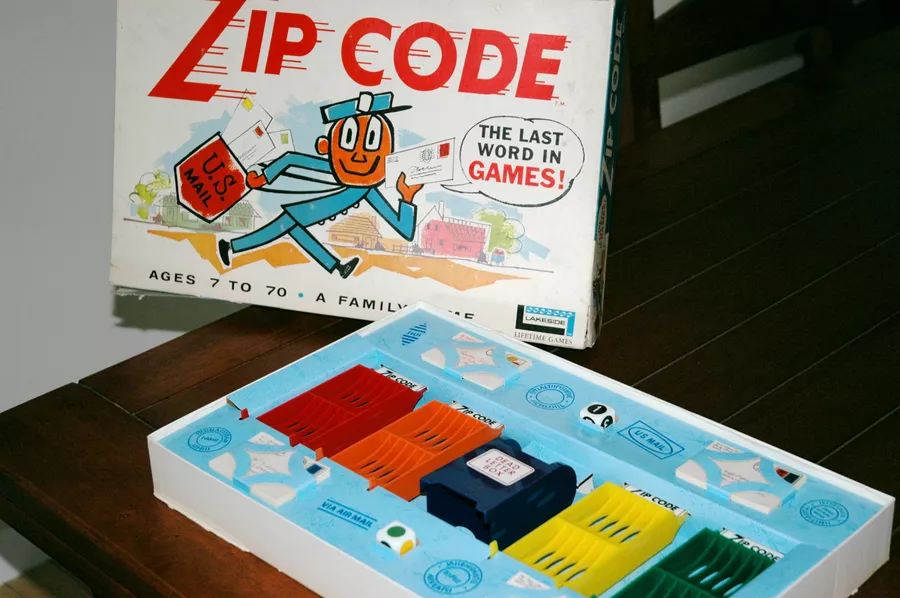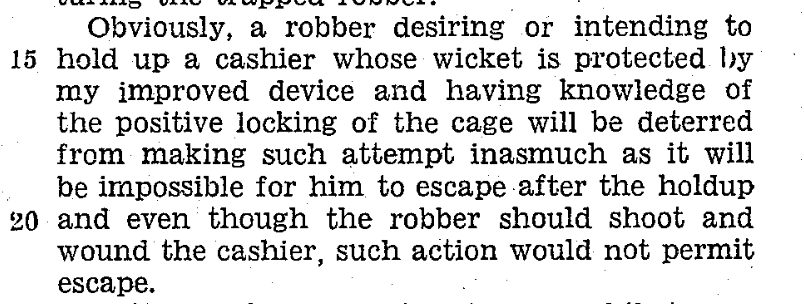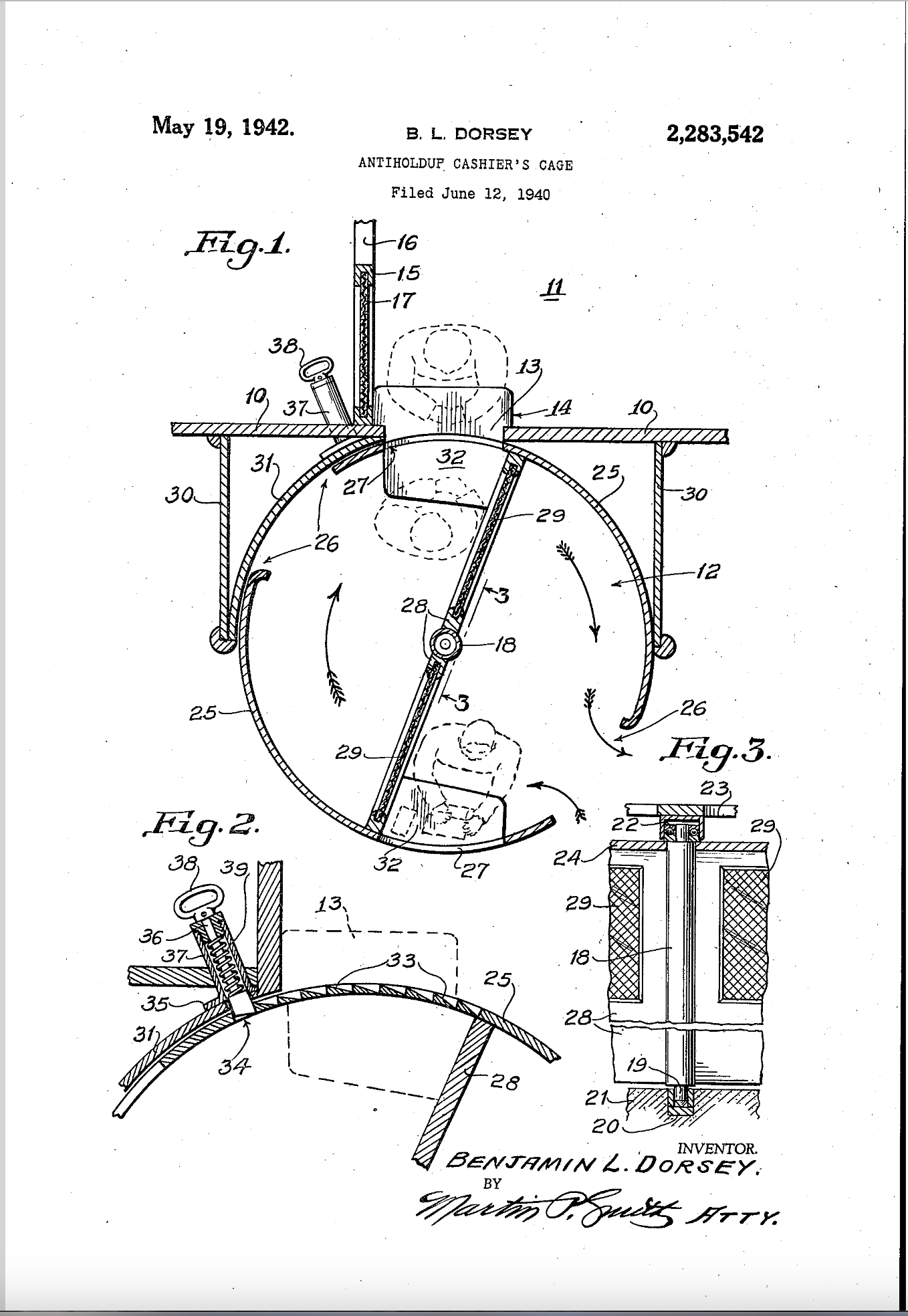August 2023
August 21, 2023
Portable Asbestos Cottage
Source: A. Leonard Summers, Asbestos and the Asbestos Industry - the world's most wonderful mineral (1931).

Posted By: Alex - Mon Aug 21, 2023 -
Comments (0)
Category: Architecture, Military, Firefighting, Arson, Wildfires, Infernos and Other Conflagrations
Follies of the Madmen #573

Posted By: Paul - Mon Aug 21, 2023 -
Comments (0)
Category: Innuendo, Double Entendres, Symbolism, Nudge-Nudge-Wink-Wink and Subliminal Messages, Advertising, Sex Symbols, Cars
August 20, 2023
Atomic Mittens
"Here is your complete shield against the dangers of atomic attack."
Super Science Stories - Aug 1951
Posted By: Alex - Sun Aug 20, 2023 -
Comments (1)
Category: Fashion, Atomic Power and Other Nuclear Matters, 1950s
Humorous Songs of Abe Burrows
His Wikipedia page.
Posted By: Paul - Sun Aug 20, 2023 -
Comments (0)
Category: Humor, Music, 1940s
August 19, 2023
Liquid Cremation
Aquagreen Dispositions LLC is one of the few companies that offers body disposal by alkaline hydrolysis. This involves using a highly alkaline solution to break down a corpse into its chemical components. The company argues it's an eco-friendly alternative to cremation. It refers to it as flameless or liquid cremation.On its website, the company states that after the process is complete the remains "are returned to the family in the same manner as with flame cremation, however, the cremated remains are lighter in color because it is clean and without carbon discoloration."
What it doesn't mention is that this is only the skeletal remains, which have been ground up into a powder. The rest of the chemical soup gets flushed into the sewer system — and this is why the process remains controversial. From wikipedia:
More info: cbc.ca
Posted By: Alex - Sat Aug 19, 2023 -
Comments (3)
Category: Death
The Zip Code Boardgame
Trains children for future careers in snailmail.Entry at Board Game Geek is here.


Posted By: Paul - Sat Aug 19, 2023 -
Comments (0)
Category: Games, 1960s, Postal Services
August 18, 2023
The Holocene Calendar
In Dec 1993, the geologist Cesare Emiliani submitted a letter to the journal Nature in which he proposed that the BC/AD calendar be scrapped and replaced with a calendar that would set year 1 at the beginning of the Holocene geological epoch, approximately 12,000 years ago. This, he argued, was when the "human era" in the history of the world began, and so was a date that had significance to all world civilizations.In his scheme, all existing AD years would be changed by simply adding 10,000 to them. So 2023 would become 12,023.

His proposal makes a lot of sense. Not least because it would eliminate all the weirdness with BC dates, such as the oddity that even though the BC years are counted backwards, their days and months run forwards.
More info: wikipedia
Posted By: Alex - Fri Aug 18, 2023 -
Comments (3)
Category: Centuries
Instant Yiddish
Don't be a schmuck! Use the player below to bone up on your Yiddish.

Posted By: Paul - Fri Aug 18, 2023 -
Comments (0)
Category: Ethnic Groupings, Languages, Vinyl Albums and Other Media Recordings, 1960s
August 17, 2023
AI and the ruler
I've seen this cautionary tale about putting too much faith in AI referred to in several places. It involves an AI program that had seemed to have "reached a level of accuracy comparable to human dermatologists at diagnosing malignant skin lesions." Venturebeat.com tells the rest:I tracked down the original source of this story to an Oct 2018 article in the
Journal of Investigative Dermatology: "Automated Classification of Skin Lesions: From Pixels to Practice":
Posted By: Alex - Thu Aug 17, 2023 -
Comments (2)
Category: Medicine, AI, Robots and Other Automatons
Bank Robber Immobilizing Vestibule
So near as I can interpret this patent, in front of every bank teller's window is erected a revolving-door chamber. The customer--or robber--must enter the chamber, which revolves shut behind him. A good customer is allowed by the clerk's pressing of a switch to exit. The robber is held in place. What could go wrong?

Posted By: Paul - Thu Aug 17, 2023 -
Comments (1)
Category: Crime, Inventions, Patents, Money, Innocent Bystanders, Passersby, Witnesses and Accidental Victims, 1940s
| Get WU Posts by Email | |
|---|---|

| Who We Are |
|---|
| Alex Boese Alex is the creator and curator of the Museum of Hoaxes. He's also the author of various weird, non-fiction books such as Elephants on Acid. Paul Di Filippo Paul has been paid to put weird ideas into fictional form for over thirty years, in his career as a noted science fiction writer. He has recently begun blogging on many curious topics with three fellow writers at The Inferior 4+1. Chuck Shepherd Chuck is the purveyor of News of the Weird, the syndicated column which for decades has set the gold-standard for reporting on oddities and the bizarre. Our banner was drawn by the legendary underground cartoonist Rick Altergott. Contact Us |

